Introduction
Lettuce, a popular leafy vegetable known for its crisp texture and mild flavor, is a staple in salads, sandwiches, wraps, and various culinary dishes worldwide. Its nutritional benefits, including vitamins A, C, and K, along with folate and dietary fiber, make it an essential component of a healthy diet. However, like any perishable produce, lettuce can quickly lose its freshness and quality if not handled or stored properly. Identifying fresh lettuce at the grocery store or farmer’s market is crucial to ensuring you bring home a product that retains its nutritional value, taste, and texture. This comprehensive guide will teach you how to recognize fresh lettuce based on various indicators, from appearance and texture to smell and packaging.
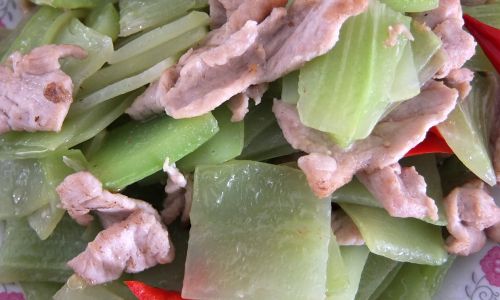
Understanding Lettuce Varieties
Before diving into the specifics of identifying fresh lettuce, it’s essential to understand the different types available. Each variety has unique characteristics that can affect its freshness indicators. Common types of lettuce include:
- Iceberg Lettuce: Known for its crispness and light green color, iceberg lettuce has a high water content and a mild flavor.
- Romaine Lettuce: Characterized by its long, sturdy leaves and a slightly bitter taste, romaine is ideal for Caesar salads.
- Butterhead Lettuce: This type has soft, tender leaves with a buttery texture and a sweet flavor. Varieties include Boston and Bibb lettuce.
- Leaf Lettuce: Also known as loose-leaf lettuce, it has open, loose leaves that come in various colors, including green, red, and oak leaf.
- Arugula (Rocket Lettuce): This peppery, nutty-flavored lettuce has smaller, darker green leaves and a distinct aroma.
Visual Inspection: The First Line of Defense
Visual inspection is the most straightforward method to assess lettuce freshness. Here are some key visual cues to look for:
- Color: Fresh lettuce should have a vibrant, consistent color. Avoid lettuce with yellowing, browning, or wilting leaves. Discoloration can indicate age, exposure to excessive heat, or improper storage.
- Leaf Integrity: Look for leaves that are intact and not torn or bruised. Fresh lettuce leaves should be firm and not limp. Torn or bruised leaves can lead to quicker spoilage due to increased surface area exposed to bacteria and moisture.
- Compactness: For varieties like romaine and butterhead lettuce, the head should be compact and not loose. A loose head can indicate that the lettuce has been harvested too late or has been stored for too long.
- Avoid Wet Leaves: Excessively wet leaves can be a sign of poor handling or storage conditions, which can promote bacterial growth and spoilage.
Texture: The Touch Test
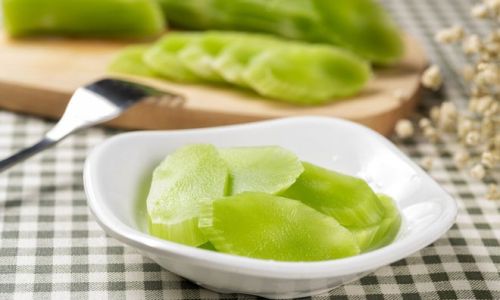
Feeling the texture of lettuce can provide additional insights into its freshness. Here’s how to perform the touch test:
- Firmness: Gently press the leaves of the lettuce. Fresh lettuce should feel firm and crisp. If the leaves are limp or soft, it’s a sign that the lettuce has lost its freshness.
- Leaf Thickness: Thicker leaves generally indicate a more robust plant that has had better nutrient absorption. Thinner leaves can be more prone to wilting and spoilage.
- Avoid Sticky or Slimy Surfaces: If the lettuce feels sticky or slimy, it’s a clear indication of spoilage. Discard any lettuce with these textures immediately.
Smell: The Aroma Check
The smell of lettuce can also give clues about its freshness. Fresh lettuce should have a mild, earthy aroma. Here’s what to look out for:
- Fresh, Earthy Smell: This is the natural scent of fresh lettuce. If the lettuce smells like this, it’s likely fresh.
- Absence of Strong Odors: Avoid lettuce that has a strong, unpleasant odor. This can indicate spoilage or exposure to contaminants.
- No Rotten Smell: Rotten lettuce will have a distinct, unpleasant smell that’s easy to recognize. If you detect any hint of rot, discard the lettuce immediately.
Packaging: What to Look For
If you’re buying packaged lettuce, the packaging itself can provide valuable information about the product’s freshness. Here are some tips:
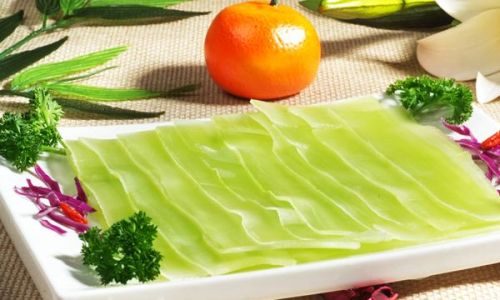
- Check the Sell-by Date: While this isn’t a foolproof method, it can give you a general idea of how long the lettuce has been on the shelf. Try to buy lettuce with a sell-by date that’s as far in the future as possible.
- Look for Airtight Seals: Properly sealed packaging helps maintain freshness by preventing oxygen exposure, which can lead to spoilage. If the packaging is torn or not properly sealed, avoid purchasing the lettuce.
- Inspect the Packaging for Moisture: Excessive moisture inside the packaging can indicate that the lettuce has been exposed to conditions that promote spoilage. Look for packaging that is slightly damp but not soaked.
Storage Conditions: How to Keep Lettuce Fresh Longer
Once you’ve purchased fresh lettuce, proper storage is key to maintaining its quality. Here are some tips for storing lettuce:
- Refrigeration: Store lettuce in the crisper drawer of your refrigerator, where humidity is controlled. This helps maintain the lettuce’s moisture balance and slows spoilage.
- Avoid the Crisper Door: While the crisper drawer is ideal, avoid storing lettuce in the door compartment, which can experience temperature fluctuations every time the door is opened.
- Paper Towels or Cloth Bags: Wrap lettuce in paper towels or store it in cloth bags to absorb excess moisture. This helps prevent mold growth and keeps the leaves crisp.
- Do Not Wash Until Ready to Use: Washing lettuce before storing can promote spoilage by introducing moisture and bacteria. Wait until you’re ready to use the lettuce to wash it.
Signs of Spoilage: When to Discard Lettuce
Knowing when to discard lettuce is crucial to avoiding food poisoning and maintaining dietary quality. Here are some signs that lettuce has spoiled:
- Dark Spots or Slime: Dark spots, mold, or slime on the leaves are clear signs of spoilage. Discard the lettuce immediately.
- Strong, Unpleasant Odor: As mentioned earlier, a strong, unpleasant odor indicates that the lettuce has spoiled and should be discarded.
- Soft, Mushy Texture: If the leaves have become soft and mushy, the lettuce has lost its freshness and should not be eaten.
- Discoloration: Yellowing, browning, or blackening of the leaves is a sign that the lettuce is no longer fresh.
Tips for Buying Fresh Lettuce from Farmers’ Markets
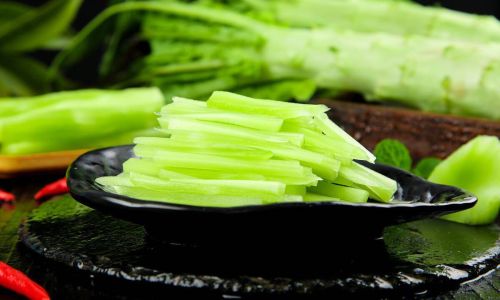
Farmers’ markets offer a great opportunity to buy fresh, locally-grown lettuce. Here are some tips for selecting the best lettuce at a farmers’ market:
- Ask Questions: Engage with the vendors. Ask them about when the lettuce was harvested and how they store it. Freshly harvested lettuce is likely to be more nutritious and flavorful.
- Inspect the Roots: If possible, inspect the roots of the lettuce. Freshly harvested lettuce will have clean, moist roots. Dry or moldy roots can indicate that the lettuce has been stored for too long.
- Choose Organic When Possible: Organic lettuce is often grown without synthetic pesticides and fertilizers, which can improve its overall quality and freshness.
Conclusion
Identifying fresh lettuce requires a combination of visual inspection, texture analysis, smell checks, and attention to packaging and storage conditions. By following the tips outlined in this guide, you can ensure that you bring home lettuce that is not only fresh but also nutritious and delicious. Remember, fresh lettuce is a cornerstone of a healthy diet, so take the time to choose the best quality produce available. Happy shopping, and enjoy your crisp, fresh salads!




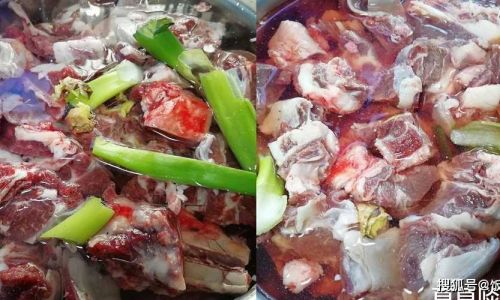

0 comments